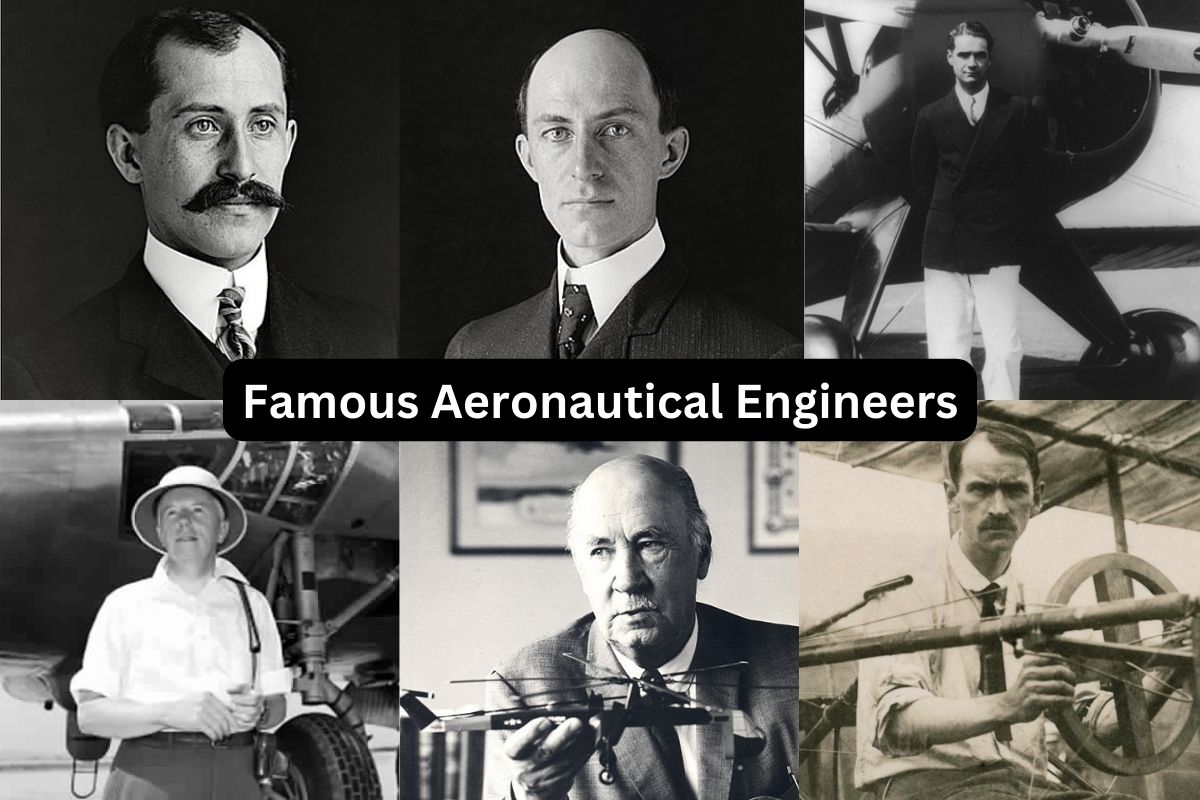The history of aviation and aerospace engineering is replete with individuals who pushed the boundaries of what was thought possible, pioneering new technologies and shaping the future of flight.
From the Wright brothers’ groundbreaking first powered flight to the visionary minds behind stealth aircraft and space exploration, aeronautical engineers have played a crucial role in humanity’s quest for the skies and beyond.
In this article, we delve into the lives and accomplishments of ten of the most famous aeronautical engineers, each leaving an indelible mark on the course of aviation history.
Their innovations and contributions have not only revolutionized the field but have also paved the way for modern aircraft and space exploration.
Famous Aeronautical Engineers
1. Wilbur Wright (1867-1912) and Orville Wright (1871-1948)
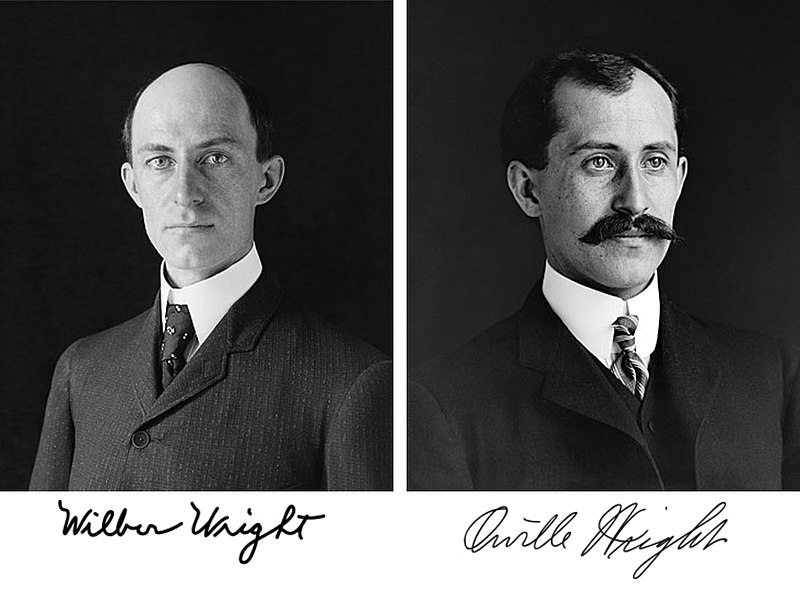
Wilbur Wright (1867-1912) and Orville Wright (1871-1948) were American brothers who are credited with inventing and building the world’s first successful powered, controlled, and sustained airplane.
Also Read: Most Famous Pilots
Their historic flight took place on December 17, 1903, at Kitty Hawk, North Carolina, where Orville piloted the Flyer while Wilbur observed. This flight marked a major breakthrough in aviation history, and their aircraft became a prototype for modern airplanes.
The Wright brothers’ contributions to aeronautical engineering include the development of wing-warping for control, understanding the principles of lift and drag, and designing efficient propellers.
2. Kelly Johnson (1910-1990)
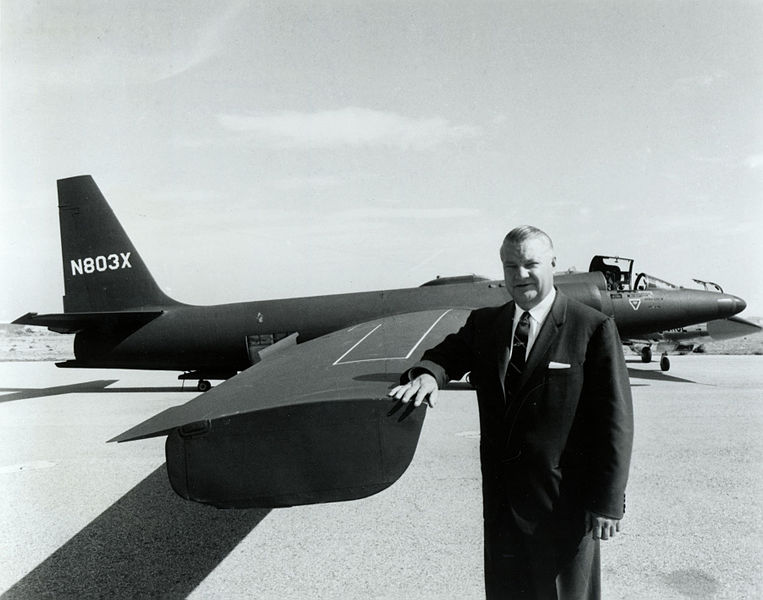
Clarence “Kelly” Johnson (1910-1990) was an American aeronautical engineer and the founder of the Skunk Works division at Lockheed Martin.
He was known for his exceptional talent in aircraft design and engineering. Under his leadership, Skunk Works developed several groundbreaking aircraft, including the P-38 Lightning, P-80 Shooting Star, U-2 spy plane, SR-71 Blackbird, and the F-117 Nighthawk stealth fighter.
Kelly Johnson’s innovative designs and emphasis on speed and efficiency revolutionized military aviation and made him a legendary figure in aerospace engineering.
3. Igor Sikorsky (1889-1972)
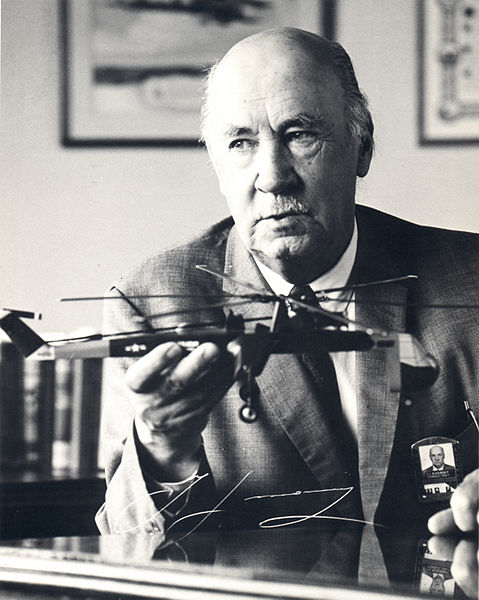
Igor Sikorsky (1889-1972) was a Russian-American aviation pioneer and aeronautical engineer best known for his contributions to helicopter design and development. He built his first helicopter in 1909 and continued to refine his designs over the years.
Also Read: Famous Biplanes
In 1939, he successfully demonstrated the Sikorsky VS-300, which became the basis for the modern helicopter. Sikorsky founded the Sikorsky Aircraft Corporation and produced a series of successful helicopters, including the R-4, the world’s first production helicopter used by the U.S. military during World War II.
His work laid the foundation for the helicopter industry and has had a lasting impact on aviation, transportation, and rescue operations worldwide.
4. Howard Hughes (1905-1976)
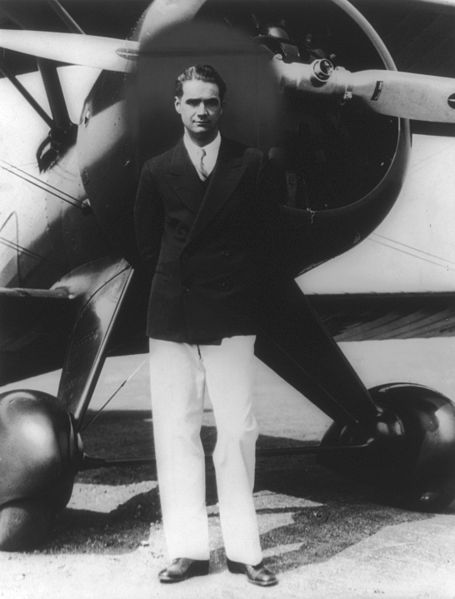
Howard Hughes was an American entrepreneur, aviator, filmmaker, and aeronautical engineer. While he is more widely known for his diverse interests and eccentric lifestyle, Hughes made significant contributions to the field of aeronautical engineering.
In the 1930s, he founded Hughes Aircraft Company and designed and built the H-1 Racer, a high-speed aircraft that set several world records. He later gained fame for the H-4 Hercules, a massive wooden flying boat known as the “Spruce Goose.”
While it only flew once in 1947, the aircraft remains a symbol of engineering innovation. Hughes’ work in aviation left a lasting impact on the industry, and he played a pivotal role in advancing aircraft technology during his lifetime.
5. Burt Rutan (1943-present)
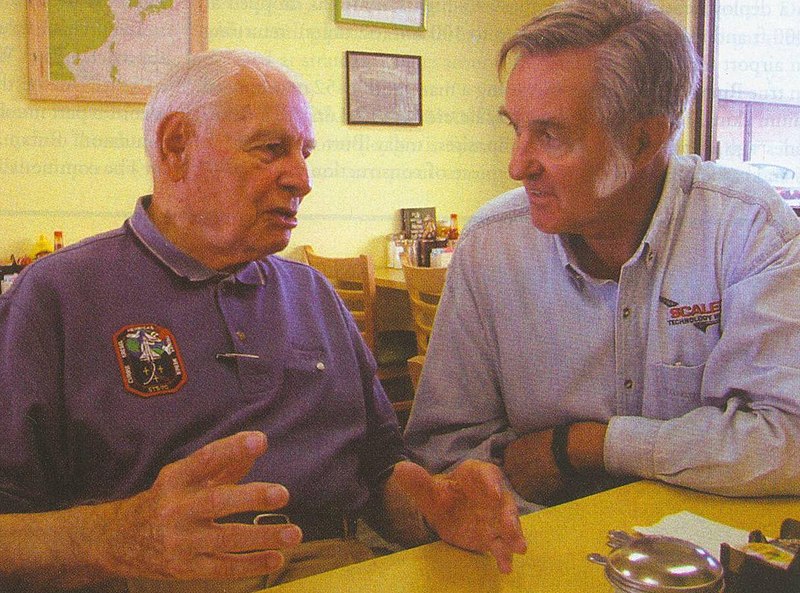
Burt Rutan is an American aerospace engineer and designer known for his innovative and unconventional aircraft designs. He founded Rutan Aircraft Factory and later Scaled Composites, where he developed numerous groundbreaking aircraft.
His notable creations include the Rutan VariEze, Rutan Long-EZ, and SpaceShipOne. SpaceShipOne, in particular, became the first privately developed spacecraft to reach space and won the Ansari X Prize in 2004.
Rutan’s emphasis on innovative and efficient designs has had a profound impact on the aerospace industry, especially in the development of space tourism.
6. Wernher von Braun (1912-1977)
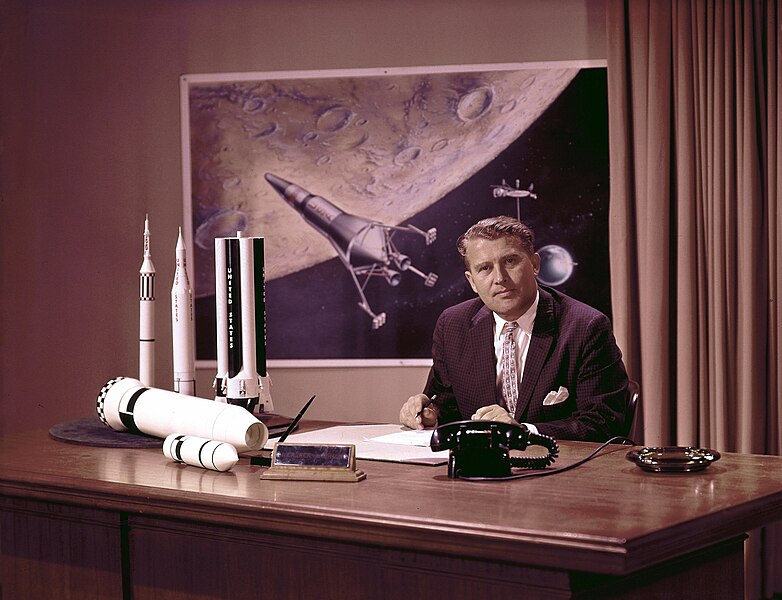
Wernher von Braun was a German-American aerospace engineer and one of the most influential figures in the development of rocket technology and space exploration. In Germany, he was a key figure in the development of the V-2 rocket during World War II.
After the war, von Braun and a group of German engineers were brought to the United States as part of Operation Paperclip. In the U.S., he played a critical role in the development of the Redstone and Saturn V rockets, which were used in the Apollo program, including the historic Apollo 11 moon landing in 1969.
His contributions to rocketry and space exploration were instrumental in the United States’ achievements in space and continue to shape the aerospace industry today.
7. John Northrop (1895-1981)
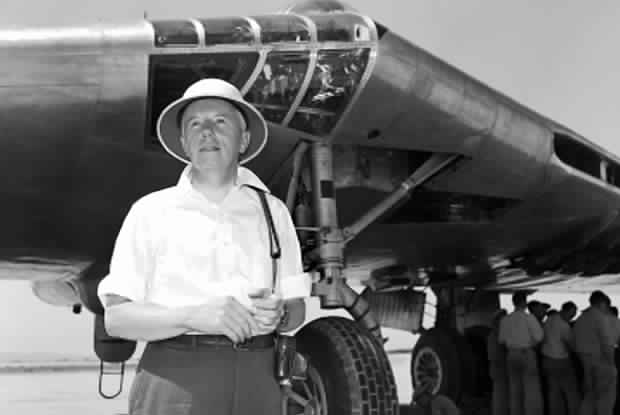
John Knudsen “Jack” Northrop was an American aeronautical engineer known for his pioneering work in aircraft design, particularly his contributions to the development of flying wing aircraft.
He founded the Northrop Corporation (now Northrop Grumman) and was responsible for innovative aircraft such as the Northrop YB-35 and YB-49 flying wings.
These aircraft designs laid the groundwork for future stealth and unmanned aerial vehicle (UAV) developments. Jack Northrop’s vision for flying wing aircraft continues to influence advanced aircraft designs and military technologies.
8. Glenn Curtiss (1878-1930)
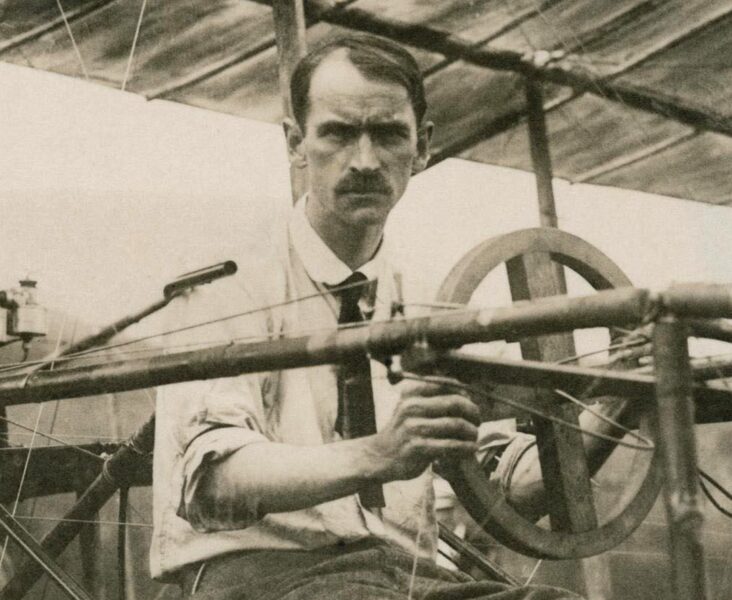
Glenn Curtiss was a pioneering figure in early aviation history, known for his significant contributions to aircraft design and naval aviation.
Transitioning from his successful career in motorcycle manufacturing and racing, Curtiss ventured into aeronautical engineering, designing aircraft like the Curtiss Model D, one of the earliest mass-produced airplanes.
His groundbreaking work in developing successful seaplanes and flying boats proved crucial in establishing the importance of aircraft in naval warfare and contributed to the evolution of aircraft carriers. Curtiss also set multiple aviation speed records, including the prestigious Gordon Bennett Trophy.
However, his career was marked by legal battles with the Wright brothers over patent disputes, shaping the early aviation industry. His legacy persists through the Curtiss-Wright Corporation, a merger that continues to influence modern aviation technology.
9. Theodore von Kármán (1881-1963)
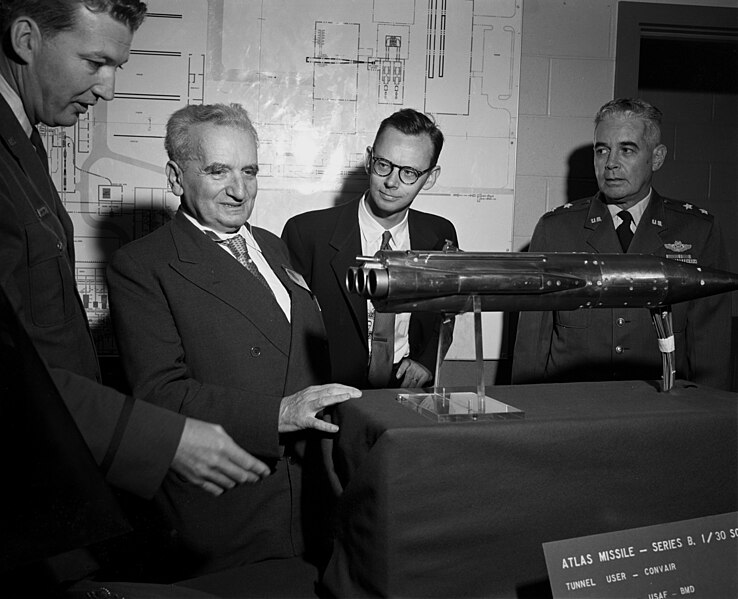
Theodore von Kármán was a Hungarian-American aerospace engineer who made substantial contributions to aerodynamics and jet propulsion. He founded the Jet Propulsion Laboratory (JPL) and the Aerojet Engineering Corporation.
Von Kármán was a pioneer in the study of supersonic and hypersonic flight, making significant advancements in the understanding of high-speed aerodynamics.
His work was instrumental in the development of jet engines and rocket propulsion systems, which played a vital role in the advancement of both aviation and space exploration.
10. Claude Dornier (1884-1969)
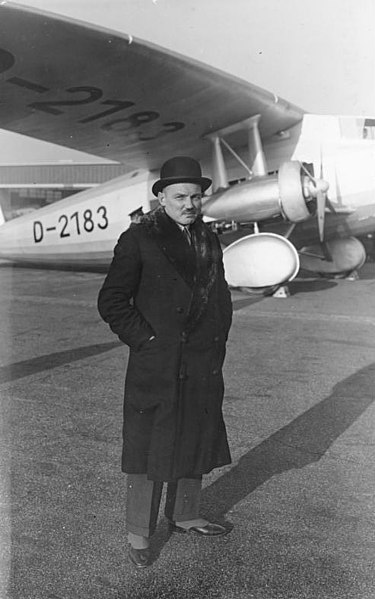
Claude Dornier was a German aircraft designer and aeronautical engineer. He is renowned for designing and producing numerous successful aircraft during the early to mid-20th century.
One of his most notable creations was the Dornier Do X, a massive flying boat that set several world records for passenger capacity and range.
Additionally, Dornier’s contributions to aviation included the design of various seaplanes, flying boats, and military aircraft. His innovative designs and engineering expertise had a significant impact on the development of aviation technology in Europe during his time.
